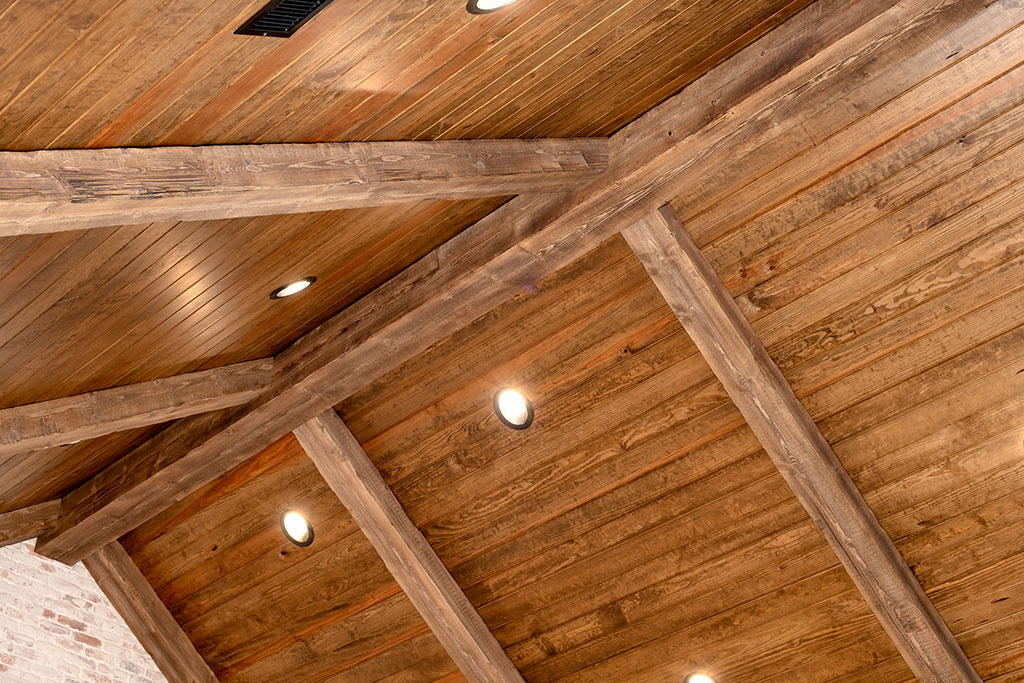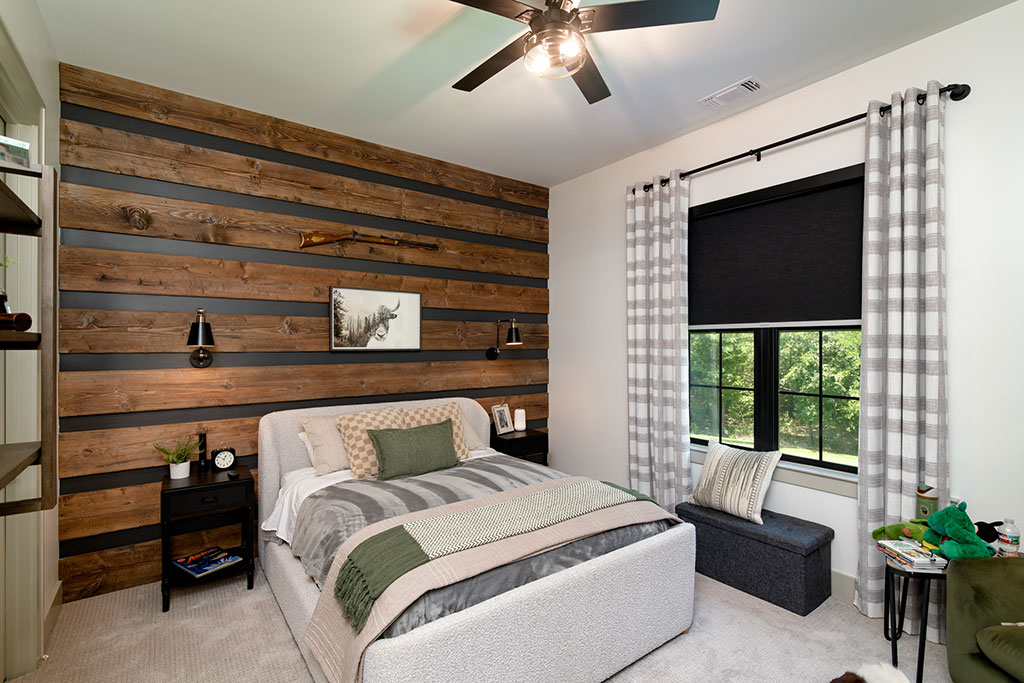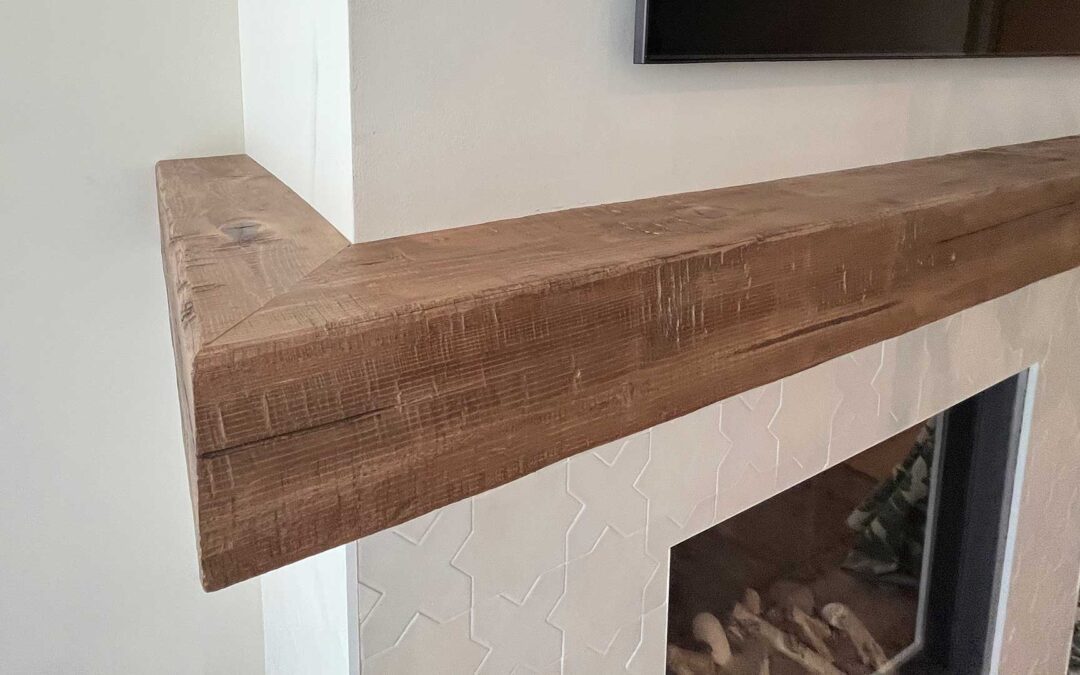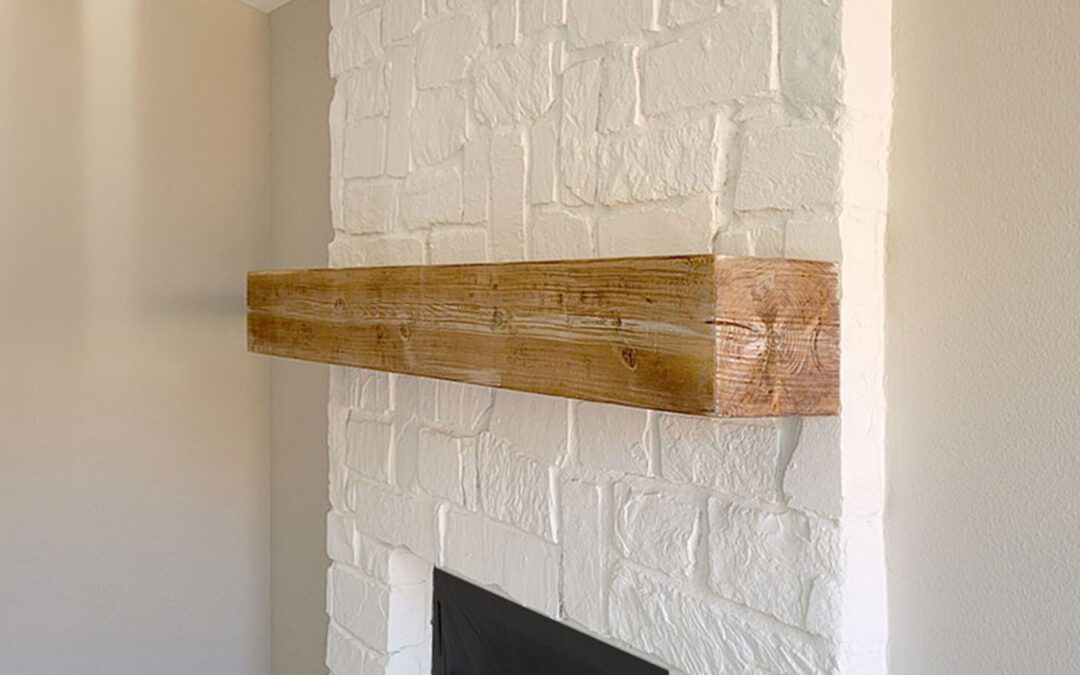The influence of interior design materials on our emotions and comfort cannot be overstated, particularly when it comes to the elements that surround us daily. Wood planking, when applied to ceilings and walls, plays a crucial role in shaping the psychological environment of a space. This blog delves into the emotional benefits of wood planking in these applications, exploring how it enhances mood, increases comfort, and remains a favored choice for crafting warm, inviting interiors.
Bringing Nature Indoors
Wood planking on ceilings and walls brings the beauty and essence of nature indoors, aligning with the principles of biophilic design. This design philosophy suggests that integrating natural elements into indoor environments can significantly reduce stress, enhance creativity, and boost overall well-being. The presence of wood’s natural grains and textures can transform ordinary spaces into retreats of calm and serenity, making them feel more welcoming and secure.
Textural Warmth and Acoustic Comfort
The texture of wood planking is not just a visual delight; it also contributes to a space’s tactile and acoustic qualities. On walls and ceilings, wood provides a visual softness that can make expansive rooms feel more intimate and smaller spaces feel enriched and detailed. This textural element adds a layer of complexity that invites touch and creates a sense of homeliness.
Wood’s excellent acoustic properties further enhance its suitability for vertical and overhead applications. Wood planking helps to dampen sound, reducing echo and creating a quieter, more serene environment. This is particularly beneficial in homes with high ceilings or in commercial spaces where controlling sound travel is crucial for comfort.
Color Psychology
The color of the wood planking also plays a pivotal role in setting a room’s mood. Lighter shades can make a small room feel larger and more open, while darker woods can turn a large, cold space into a cozy, warm area. This interplay of color and space is fundamental in psychological terms, affecting how secure, relaxed, or energized people feel within a room.
The psychological impact of color has been extensively studied, with warmer wood tones known to lift spirits and enhance comfort. Utilizing these natural hues on ceilings and walls can effectively alter the perception of space and light, helping to create atmospheres that are conducive to happiness and relaxation.
Environmental Considerations and Psychological Health
Choosing sustainable and responsibly sourced wood planking for walls and ceilings not only contributes to environmental health but also affects homeowners’ and occupants’ psychological health. Knowing that their living or working environment is constructed with materials that are as good for the planet as they are for people can provide significant peace of mind and a sense of ethical satisfaction.
Design Versatility
Wood planking’s versatility makes it ideal for any decorating style, from rustic to contemporary. Whether it’s creating an accent wall that acts as a focal point or covering a ceiling to add architectural interest, wood planking offers endless design possibilities. This adaptability allows designers and homeowners to tailor spaces that not only look beautiful but also feel emotionally resonant and personally meaningful.
Wood Planking Offers More than Just Aesthetic Beauty
Wood planking for ceilings and walls is more than just an aesthetic choice—it’s a design decision that impacts daily living by enhancing emotional well-being. The natural beauty of wood can transform any space into a place of refuge and relaxation, making it an enduring choice for thoughtful, emotionally-engaged interior design.
Elevate your living or work space with the natural beauty and psychological benefits of wood planking. Contact Green Valley Beams & Truss to discover our selection of wood planking options for ceilings and walls, and let us help you create interiors that are not only visually stunning but also emotionally enriching.





